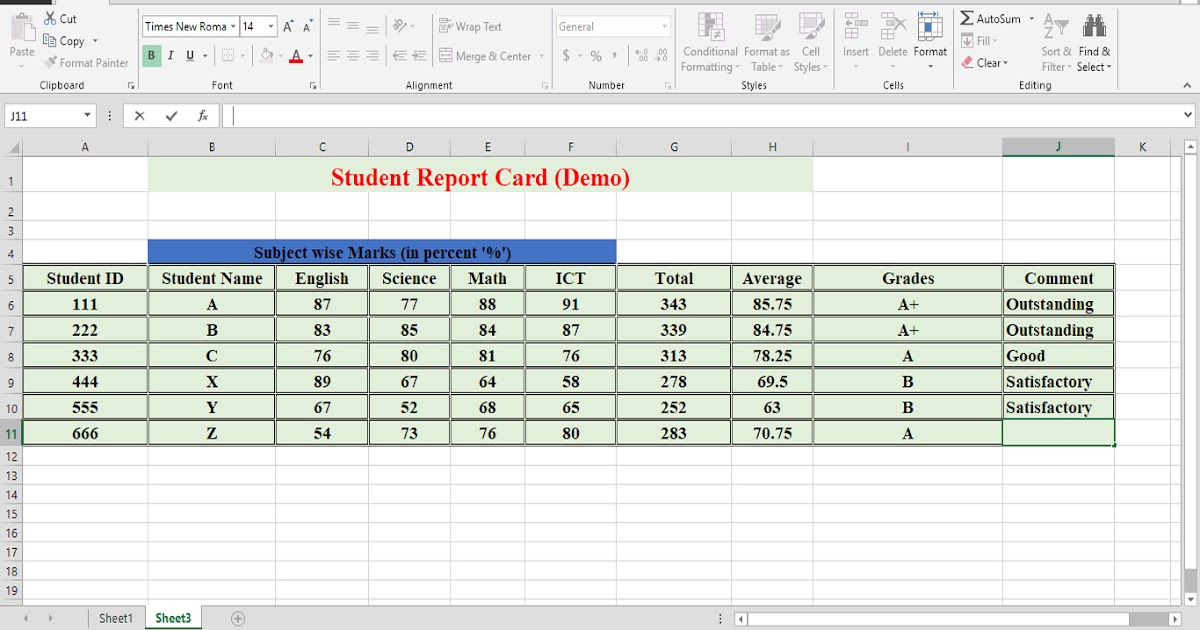

The Columns and Rows boxes are for categorical (text) variables - something like the names of states or the names of month. You can also search for values to make it easier to turn them on and off. To remove rows with a particular value from the PivotTable, uncheck the box next to the value. Every unique value in that field will be added to a list, and there will be a checkbox in front of each value.

If you drag a field into the Filters box, it will create a filter very similar to what you see when you create a filter elsewhere in Excel. The Filters box allows you to apply a global filter to the PivotTable - that is, you can use a particular field to remove rows from the data so that they won't be represented in the PivotTable, without having to add that particular field to the PivotTable itself. Each of these are areas where you can drag columns (or "fields") from the list at the top.

(This is why it is important to have good names for your columns!) At the bottom of the Field List, there are four boxes: Filters, Columns, Rows, Values. At the top of the Field List, there is a list of all of the column names from the original data set. This will create a PivotTable on a new worksheet.Ī PivotTable has two components: a Field List (the PivotTable Builder) and the table itself. You can keep all of the defaults and click OK. To create a PivotTable, select the entire data table and go to Insert -> PivotTable. See the data cleaning section if you have questions about what a clean data table looks like. PivotTables work best when you start with a table of data that is very clean and specific - all columns have been labeled, the data are at the lowest level of detail, and there are no extra analysis or description rows in the data block. PivotTables make it easier to rearrange and summarize the data in your Excel worksheets.


 0 kommentar(er)
0 kommentar(er)
